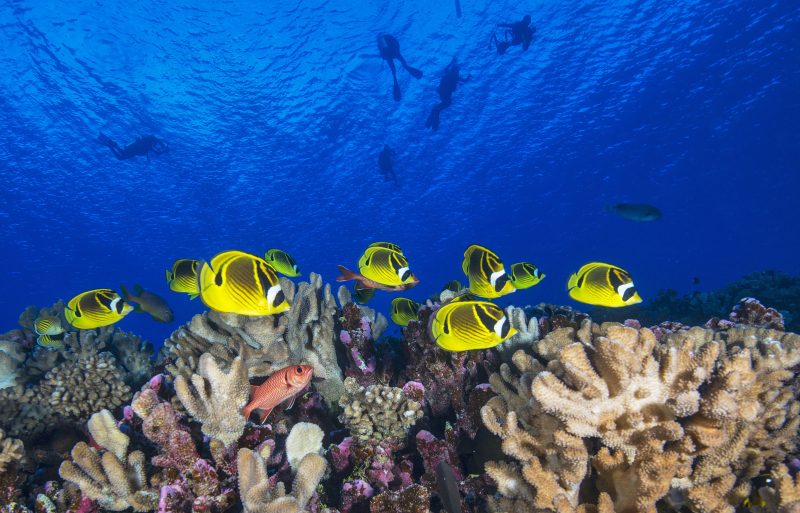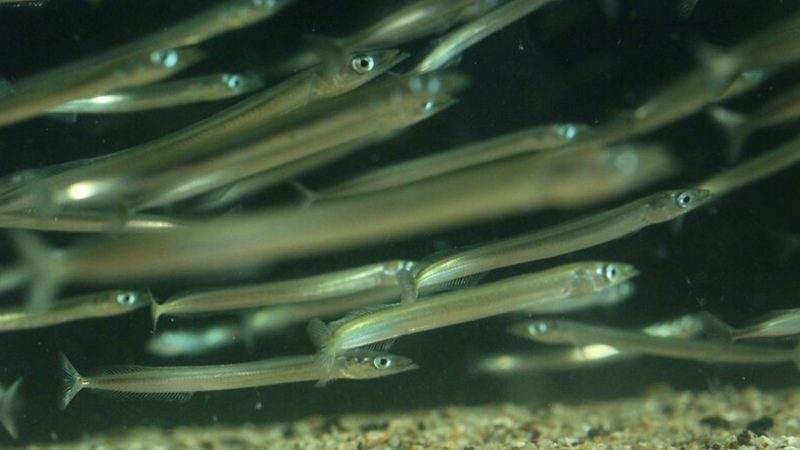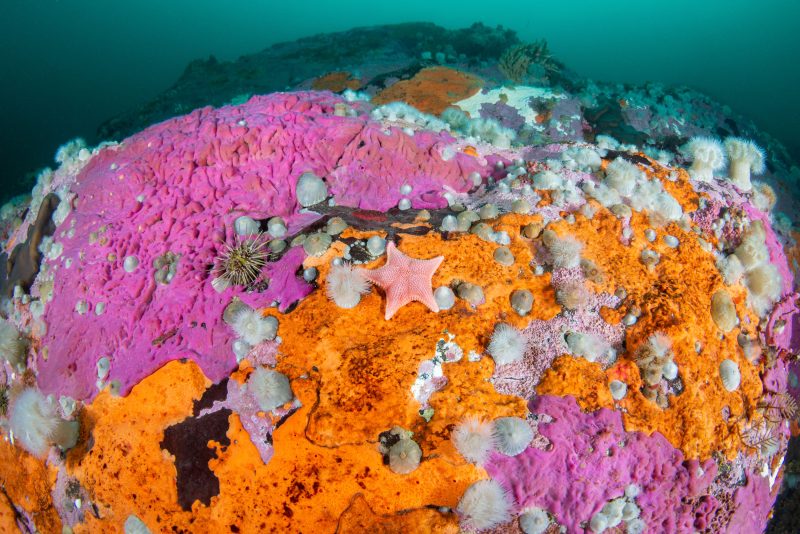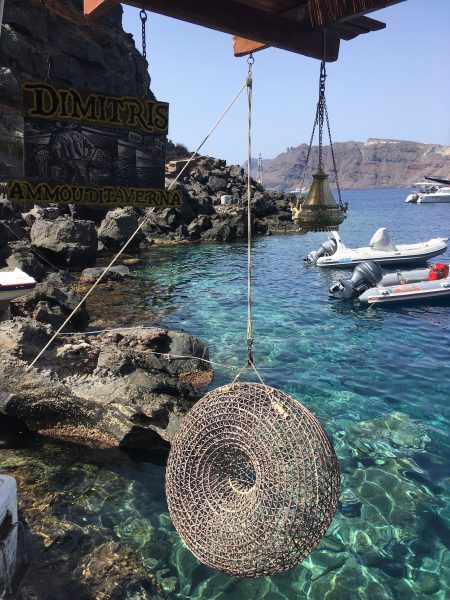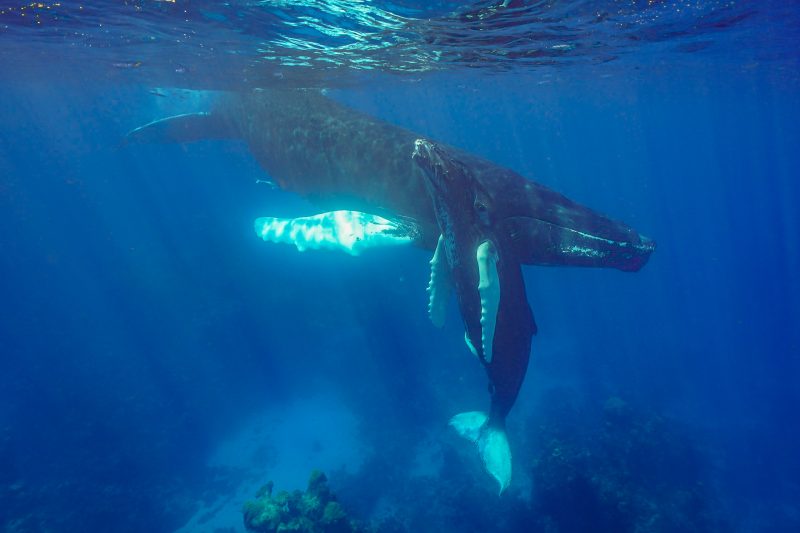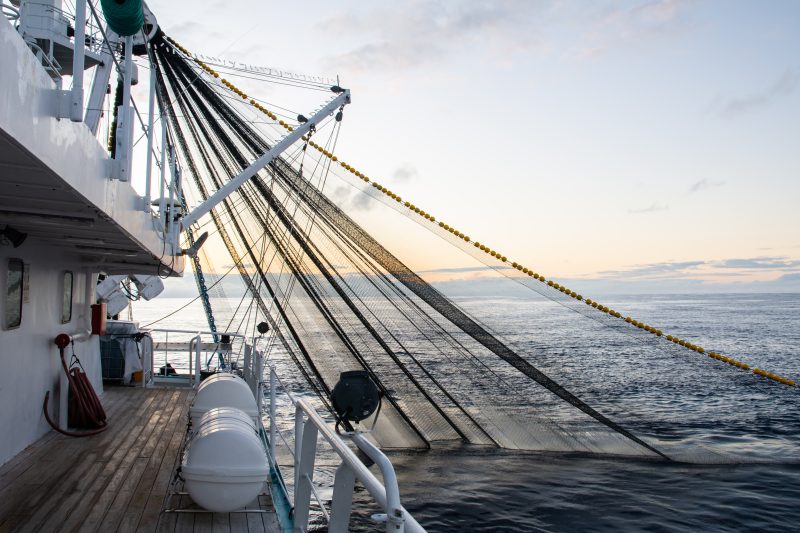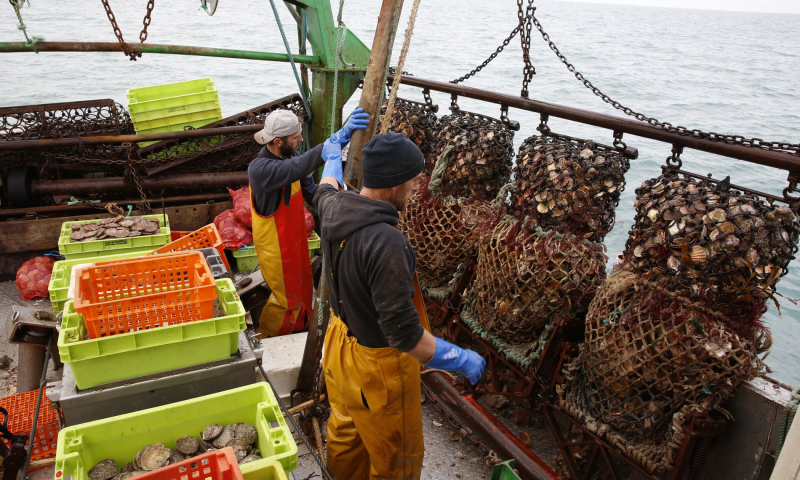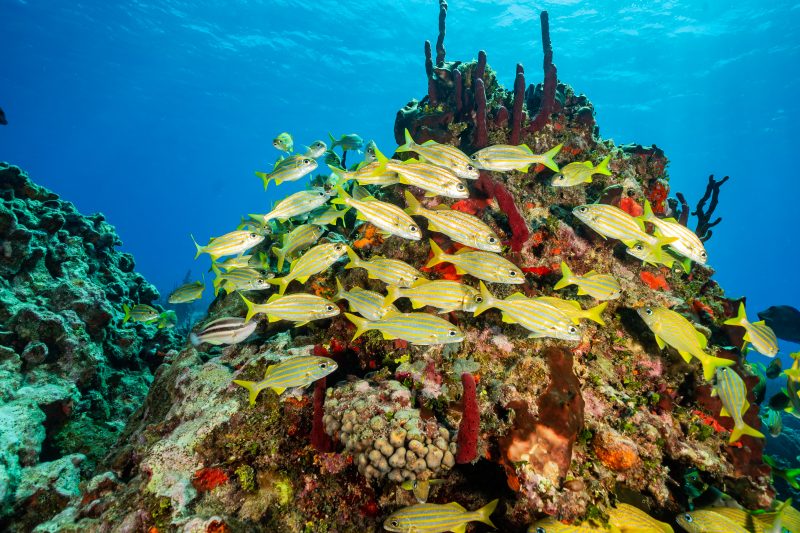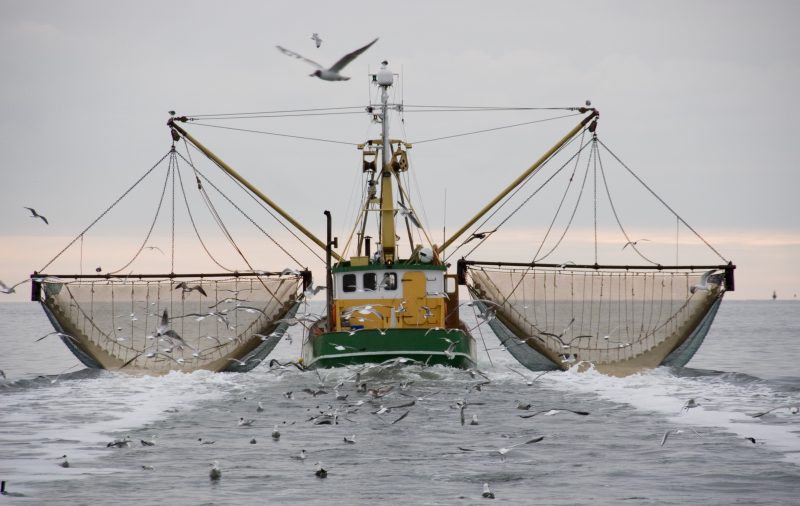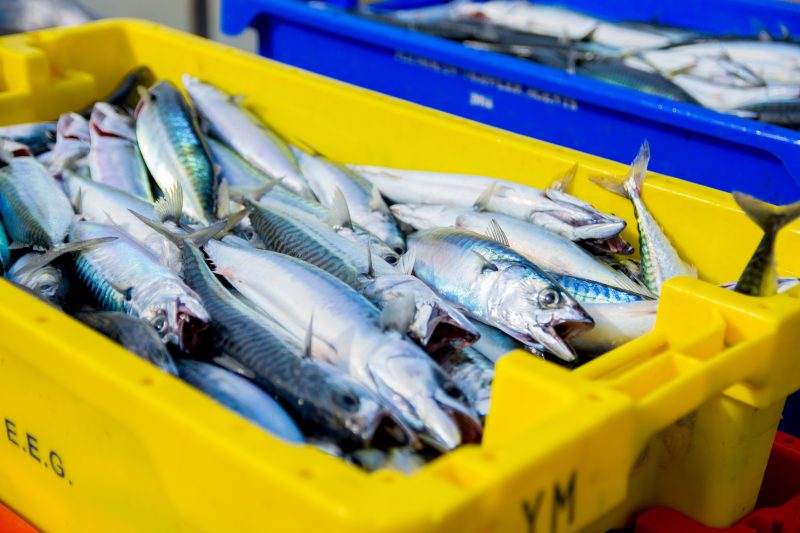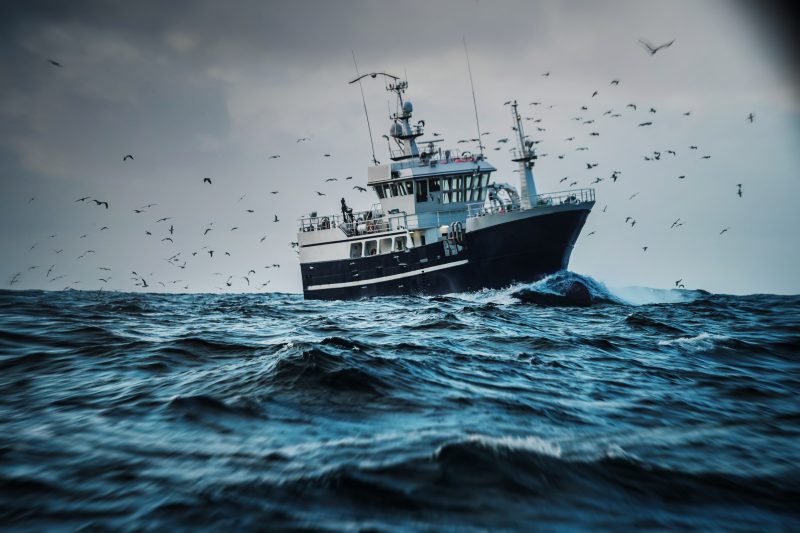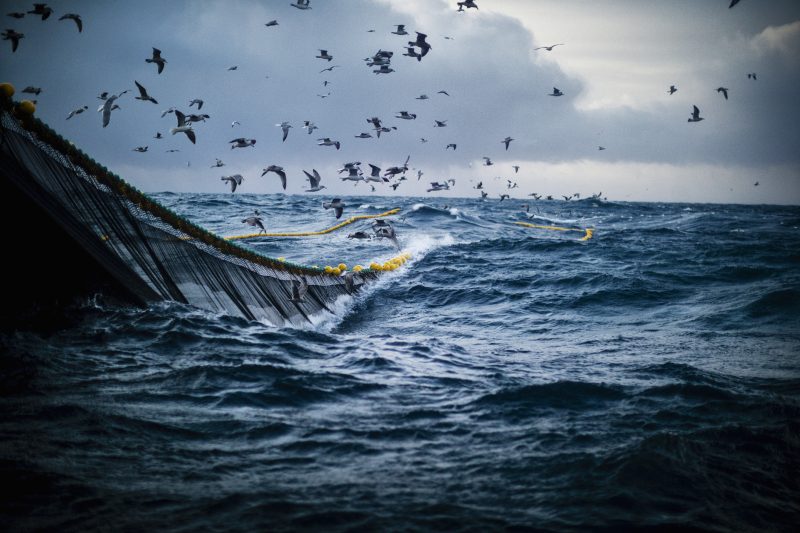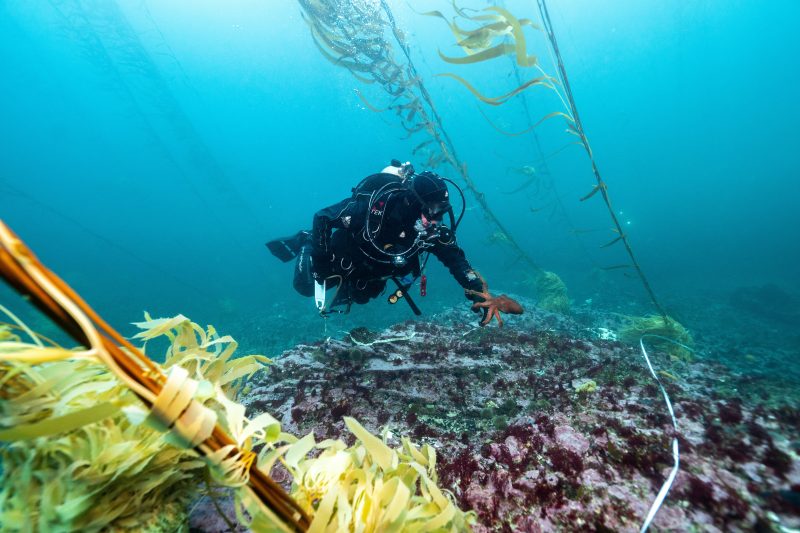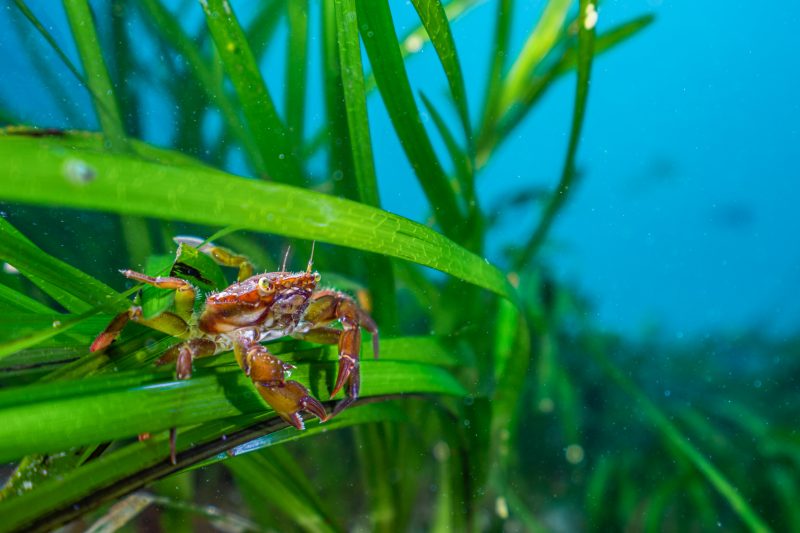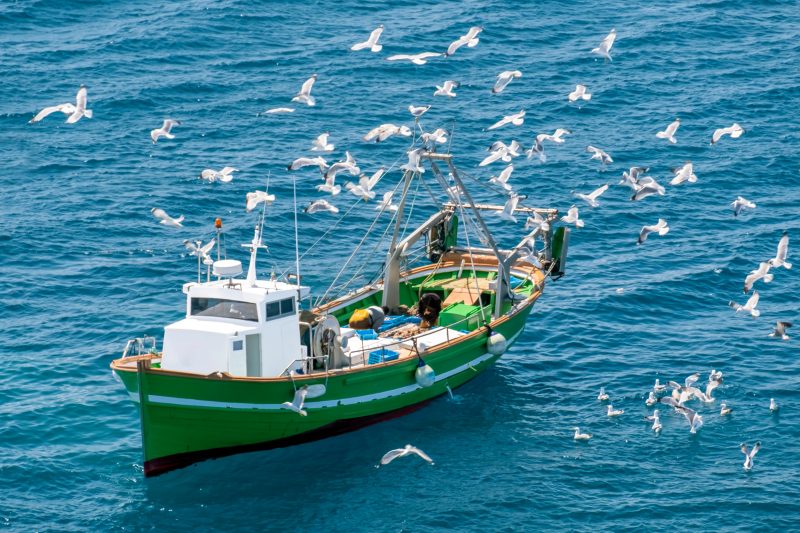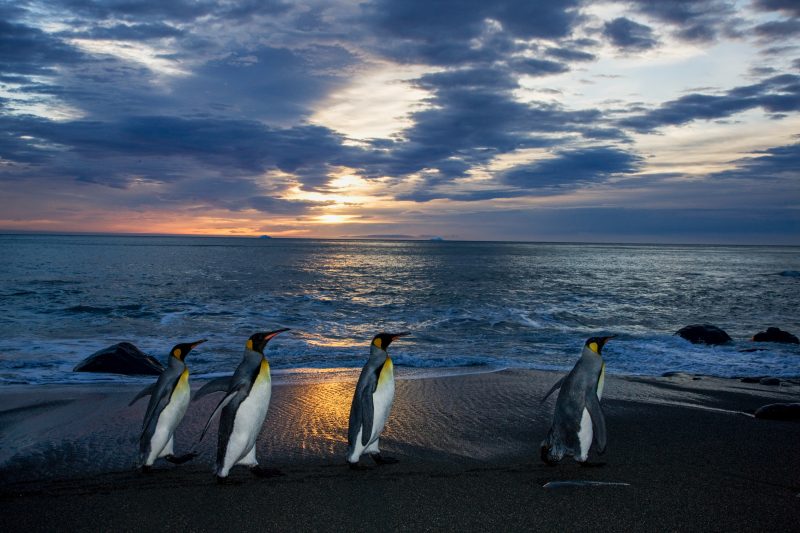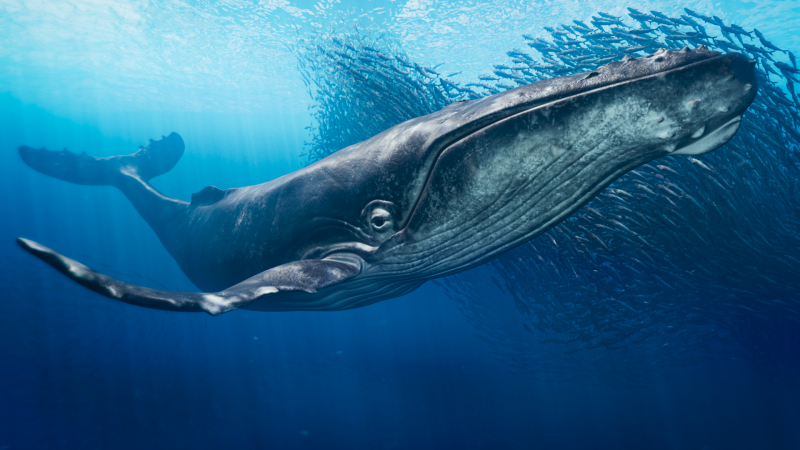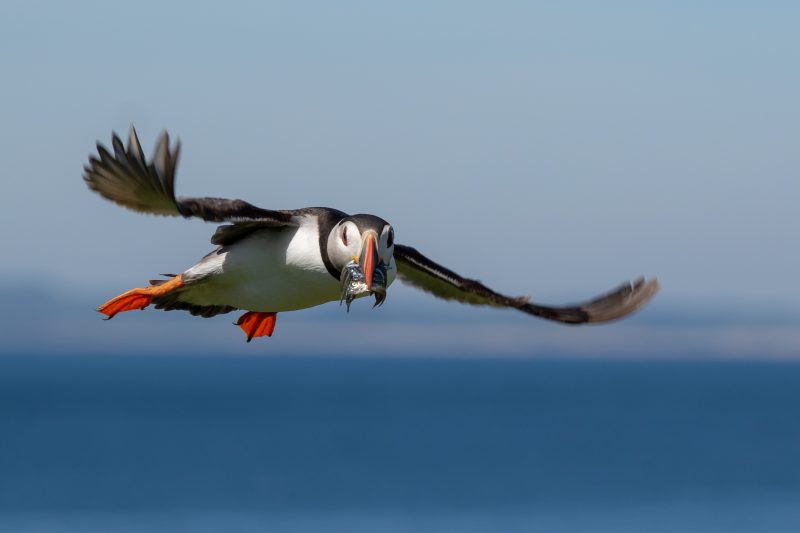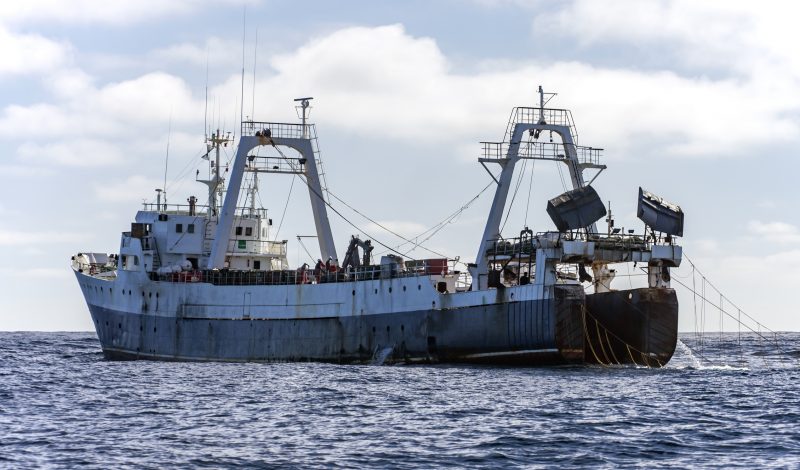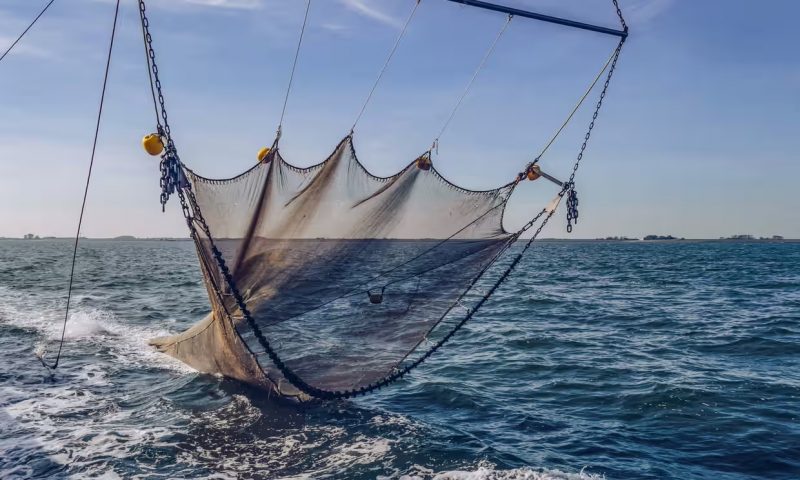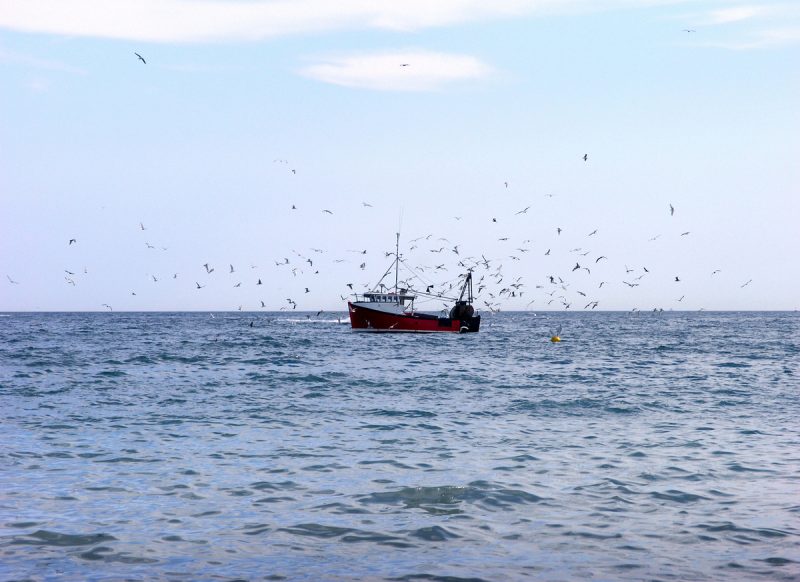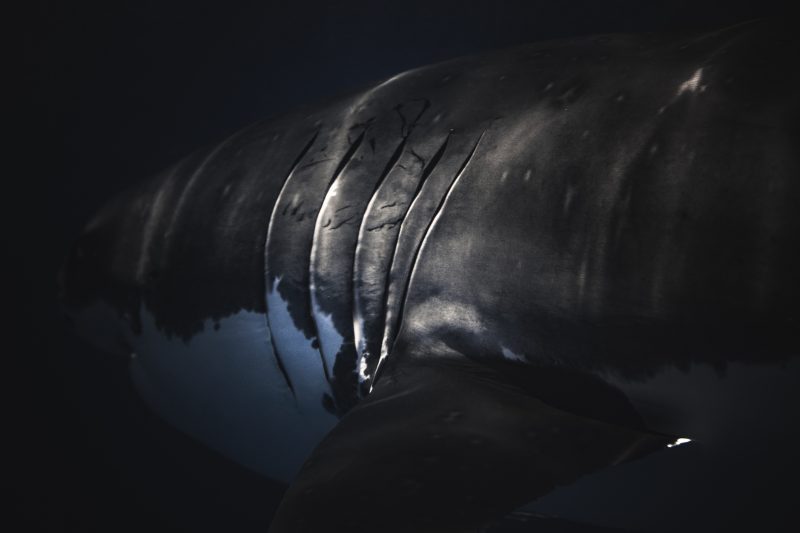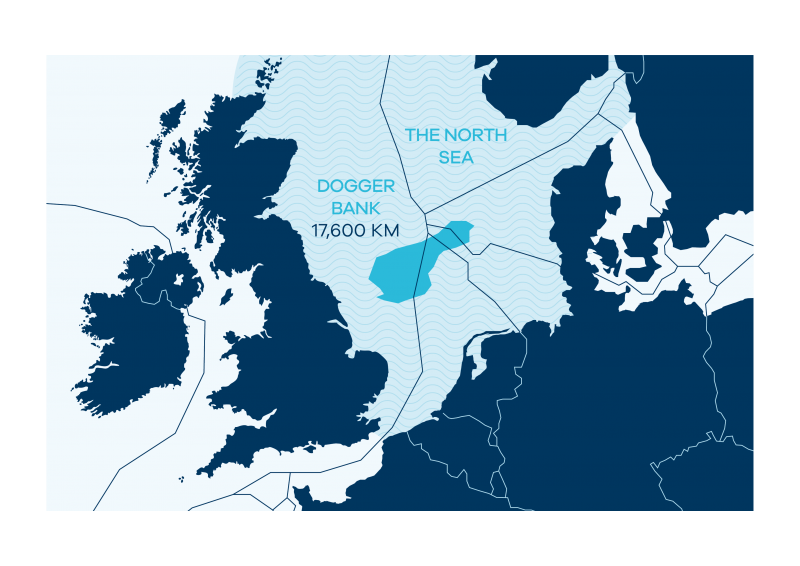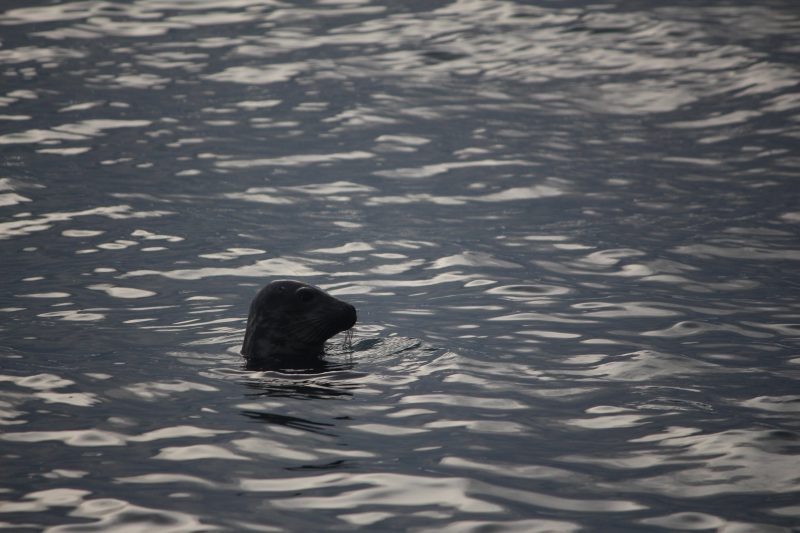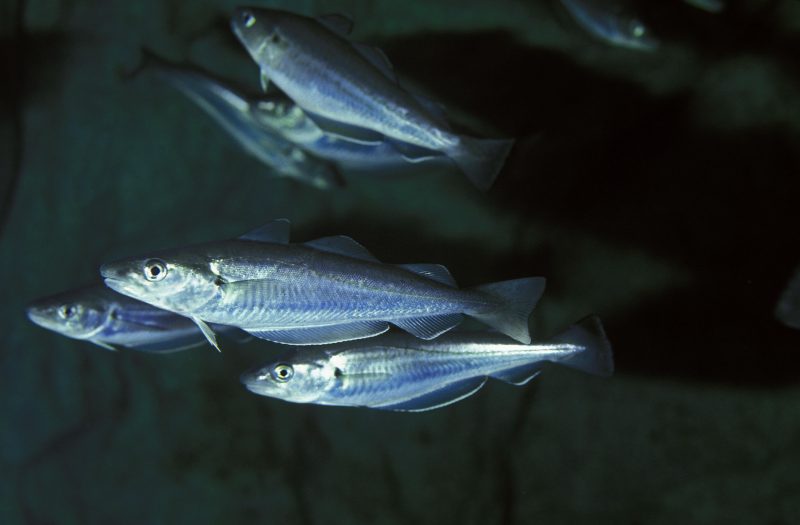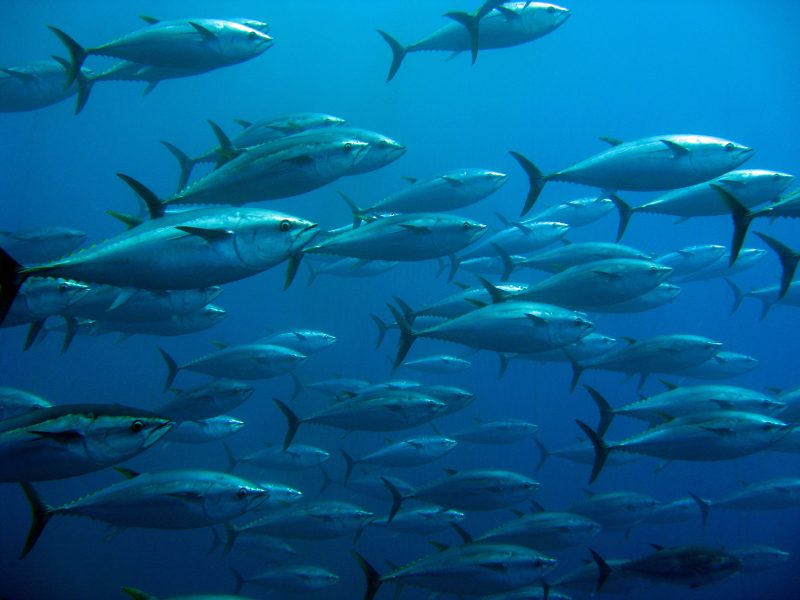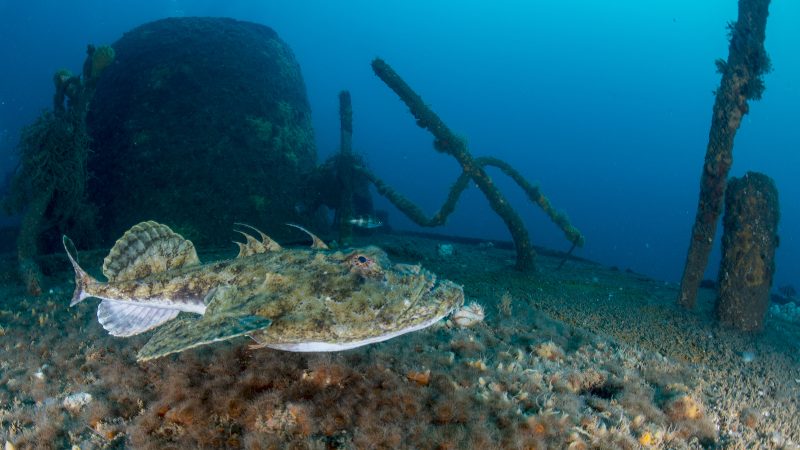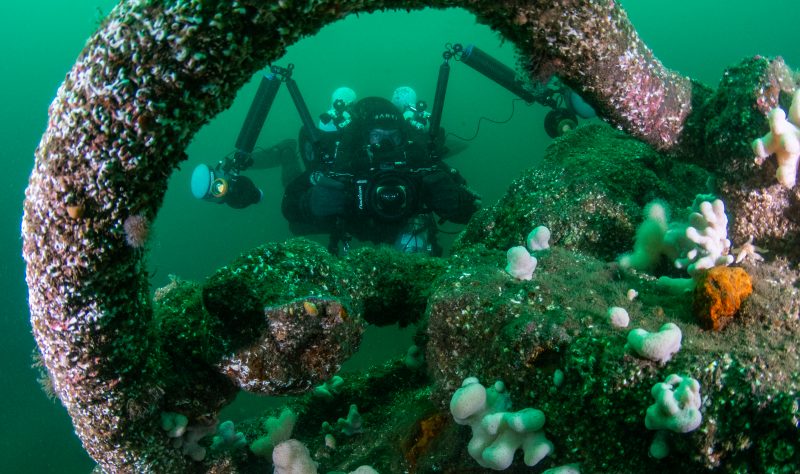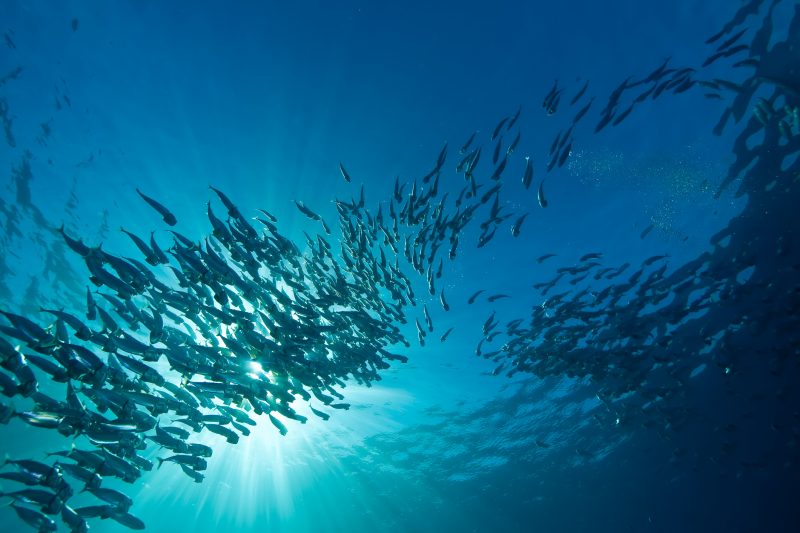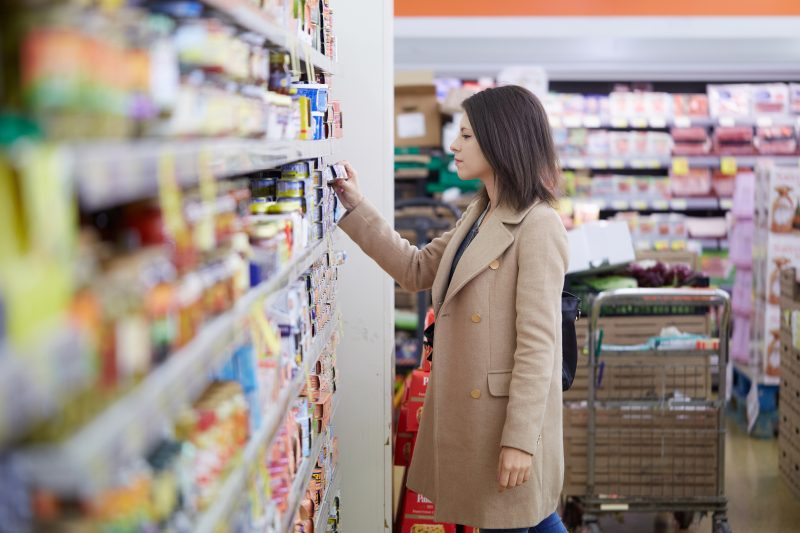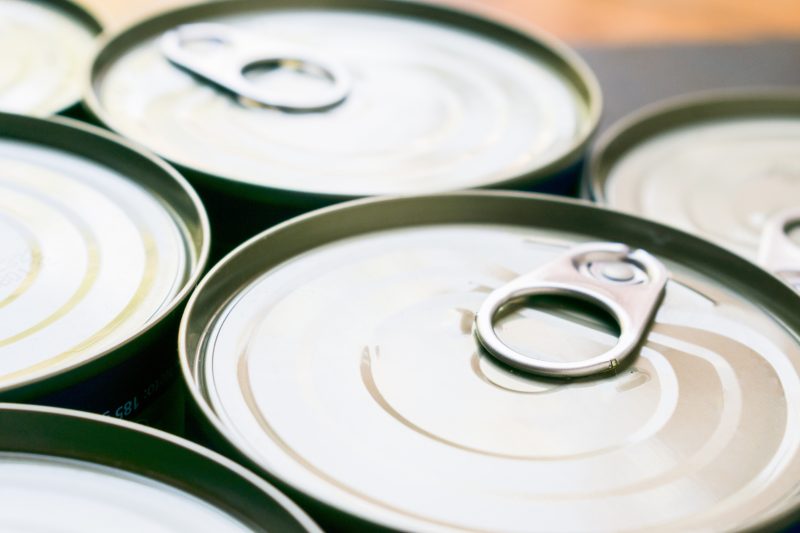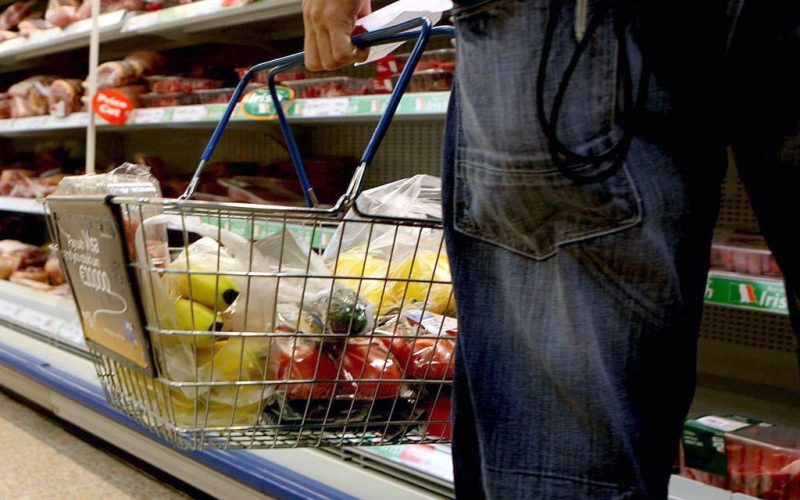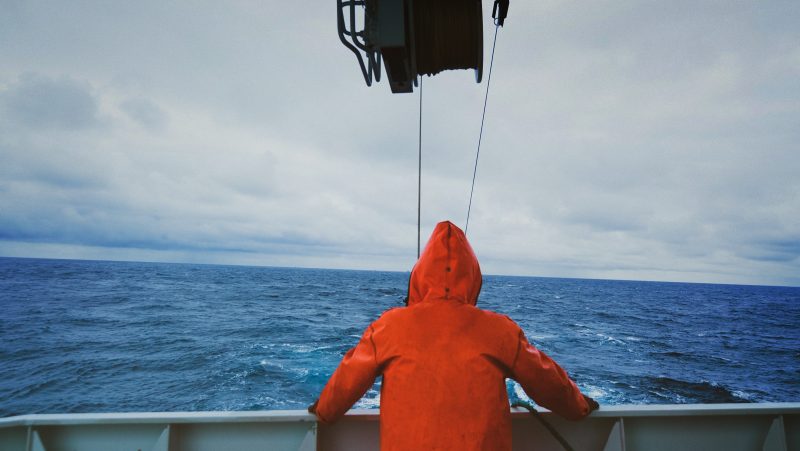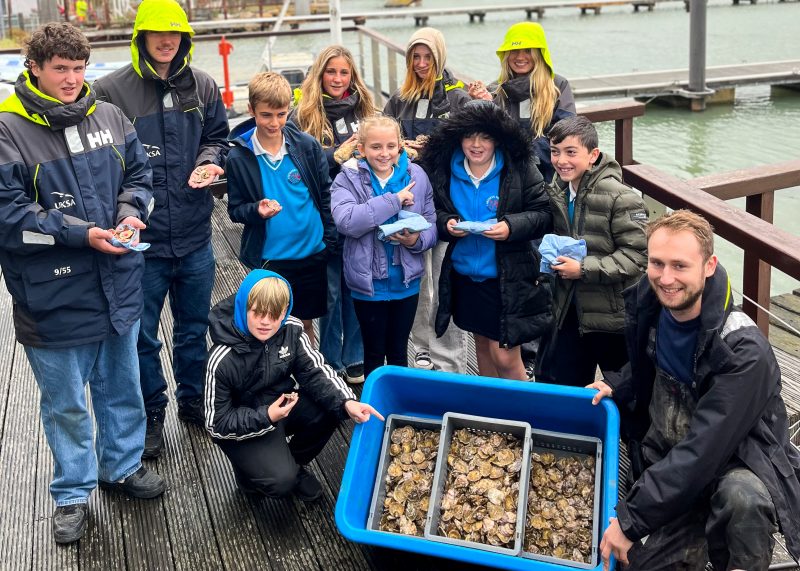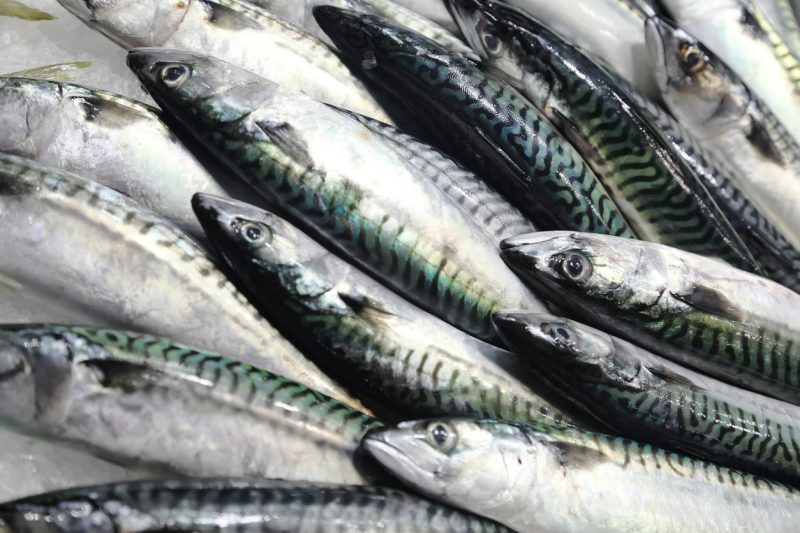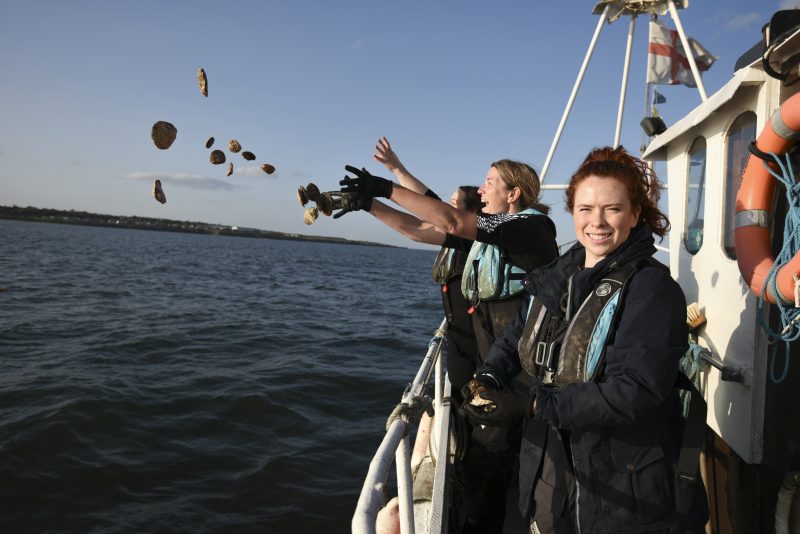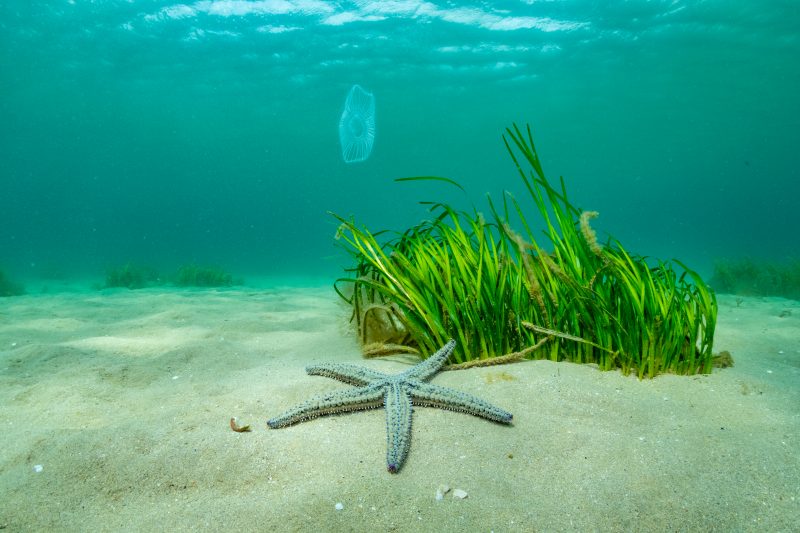The UK spends c.£1.2BN[1] on cat food annually. There can be no doubt that we are nations of animal lovers. But we also love the oceans and that has driven a dramatic consumer change in how we buy fish and our understanding of sustainable sourcing and its importance, but not so it seems for what we put out for our feline friends.
While consumer pressure and labelling laws over the past decade have ensured that fish for human consumption has some information about its provenance to include species, area and method of fishing, no such comprehensive checks and balances exist within the vast pet food market.
The price of cat food often exceeds that of canned fish for human consumption but by contrast there is very little information on pet food about what fish products have been used, where they came from and how they were caught. This is worrying as the lack of information could be hiding illegal, unreported or unsustainable fishing activity or even that the food could contain threatened species. A quick look at the ingredients lists across the own-brand supermarket cat food lines demonstrates that some species that are under pressure such as tuna and cod are being used. But without additional information about who, where and how these stocks were caught consumers can have no confidence that fish are not from stocks at risk, nor that the fish was even caught legally.
The Sustainable Seafood Coalition was set up with UK supermarkets to create a benchmark code for sustainable fish buying across the UK market, it committed the signatories to providing additional sourcing information to include species of fish and where it was caught or farmed by September 2017. It is unclear why UK supermarkets and retailers have not grasped the nettle and delivered on their self-imposed deadline for better labelling and sourcing but if they are to remain credible about embracing sustainability they must now deep-dive their supply chains and find out exactly what is in the pet food they sell and label it accordingly.
Charles Clover, Executive Director of Blue Marine Foundation, said:
“Most consumers in the UK care about the health of our oceans and spend time to make sure the fish they buy is from a sustainable source. But although everything from fish fingers to fish pies, cod loins to tuna loins are scrutinised before purchase for origin and method of capture the same does not appear to be true of our pet foods.
“The fact that iconic species such as tuna are being used is a concern: how does this high-value seafood end up in a 40p can of cat food? Is this the best use of the resource? Of greater concern is that some ingredients are listed as “ocean fish” which could mean anything from anywhere. Why the evasiveness? Is it that retailers are embarrassed by what they are selling or that they simply do not know what it is, which they assure us they do?
“A 2008 study by Deakin University[2] discovered that cats and other pets in Europe eat more fish than people in Africa. As the world population grows and the risk of conflicts posed by food security increase it cannot be right that we are feeding our cats fish caught in some of the poorest parts of the world.
“Without basic details such as the type of fish being used in the can, where it is from and how it was caught, it is difficult to see how anyone can be sure that the contents do not include illegally caught fish.
“That many of these products are produced outside of the UK in places as far-flung as Thailand also brings into question the amount of unnecessary cat-food miles within the supply chain.”
For now, there can be no doubt that sourcing, production and labelling information is woefully lacking in the most basic information that consumers need to make good choices. UK retailers will also need to consider how they robustly test what their suppliers say is in the tin.
A recent study by Stony Brook University that used DNA testing on American pet food discovered endangered species in its contents to include shortfin mako and hammerhead sharks, UK consumers will want to be sure this is not true of pet food sold here.[3]
Let’s hope 2020 sees a step change in sourcing and consideration of pet food supply chains and that supermarkets and retailers rise to the challenge and make our pet food market the cat’s whiskers of sustainable sourcing.
[1] Pet Food Manufacturing Association Market Data 2019
[2] https://link.springer.com/article/10.1007/s10806-008-9109-6
[3] https://www.hakaimagazine.com/news/there-might-be-shark-in-your-pets-food/

